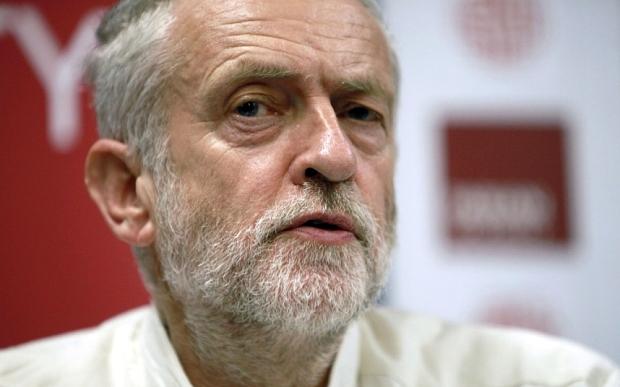
As the fight for the next leader of the Labour party hots up, Jeremy Corbyn appears to be the unlikely – and controversial – frontrunner. Despite dire warnings from other candidates, including Liz Kendall and Yvette Cooper who have consistently urged the public not to vote for Corbyn, huge crowds and rallies follow him wherever he goes. He truly appears to be the people’s favourite.
A few weeks ago, Jeremy Corbyn announced a smattering of prospective economic policies that he would push for; Corbynomics, as they have now been named. The policies appeared to be largely created by Richard Murphy, the director of TaxResearch UK, who advises various charities and trade unions on tax matters. A prominent critic of Blair’s New Labour, Corbyn’s values are strictly left-wing; but what will his economic policies mean for Britain?
To give some idea of his stance, his economic manifesto is titled ‘The Economy in 2020’ and states:
“Labour must create a balanced economy that ensures workers and government share fairly in the wealth creation process, that encourages and supports innovation in every sector of the economy; and that invests in skills and infrastructure to build an economy that is more sustainable and more equal”.
The manifesto largely contains details on the following policies.
People’s quantitive easing
Quantitative easing essentially involves the Bank of England printing more money, which is used to purchase government debt. However, Corbyn suggests that the money printed is instead used to improve Britain’s transport, housing and infrastructure, with the central bank buying bonds created by a national infrastructure bank “under government direction and subject to government guarantees”. These bonds would be the equivalent of gilts, which are created by the National Debt Office.
Cut corporate tax relief
Corbyn has already pledged to increase funding for the NHS which can, of course, only be achieved by taking money from elsewhere. He has set out plans for increased corporate tax, which could bring in £93 billion a year.
Collect ‘missing’ tax revenues
Corbyn also plans to cut down on tax avoidance, believing that the UK currently misses out on an extra £20 billion in tax debt, £20 billion in tax avoidance and £80 billion in tax evasion.
He also advocates a reversal of the cuts to staff in HMRC and at Companies House, taking on more staff at both, to ensure that HMRC focus on tax collection.
Nationalisation
When in power, Tony Blair ended Labour’s Clause 4 commitment to pursuing public ownership of the means of production in order to win over a broader section of the electorate; a tactic that worked, winning him three consecutive elections. However, Corbyn wishes to renege on this.
His competitor for the party leadership Andy Burnham has already spoken out in favour of re-nationalising National Rail “line by line.” However, Corbyn has gone much further, suggesting the Big Six energy companies should also be taken back under state control.
According to Bloomberg, the cost of nationalizing the Big Six and National Grid Plc at £124 billion ($194 billion). The bill would rise to 185 billion pounds to take over the entire gas and electricity industry.
The manifesto sets out a range of policies that are much further left than Labour have dared to go in recent years. However, Robert Peston believes that “it is not same-old, same-old socialism; it is new, radical thinking”. Whether his direction appeals to the people remains to be seen; voting begins today, and the results are announced on the 12th September.
Miranda Wadham on 14/08/2015
